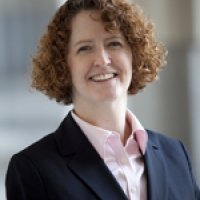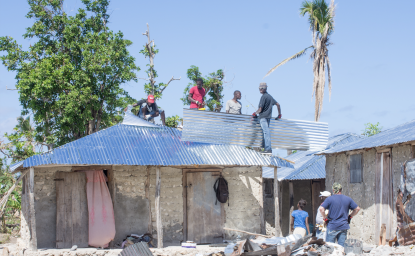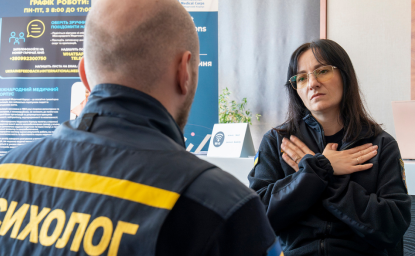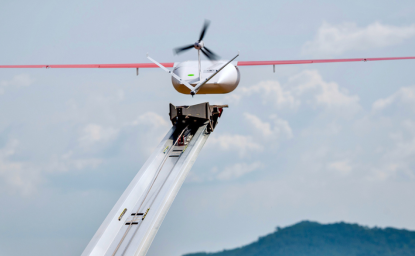Transforming Earthquake Detection and Science through Citizen Seismology


Authors: Jason C. Young, David J. Wald, Paul S. Earle, and Lea A. Shanley
Study Director: Lea Shanley. Editors: Aaron Lovell and Zach Bastian. On behalf of the Commons Lab within Science and Technology Innovation Program, Woodrow Wilson Center, with the support of the Alfred P. Sloan Foundation.
The U.S. Geological Survey (USGS) and other scientific institutions are using social media and crowdsourcing to learn more about earthquakes, according to a new report. These techniques provide inexpensive and rapid data to augment and extend the capabilities provided by traditional monitoring techniques.
The new report, Transforming Earthquake Detection and Science Through Citizen Seismology, released by the Commons Lab at the Woodrow Wilson International Center for Scholars, outlines these groundbreaking citizen science projects.
The report describes how the USGS and others are engaging the public and advancing earthquake monitoring and knowledge of seismic events. The ultimate goal, according to the USGS, is to provide more rapid earthquake detection and generate more real-time hazard and impact information.
The efforts discussed in the report include the Tweet Earthquake Dispatch (TED), which uses an algorithm to provide seismologists with initial alerts of earthquakes felt around the globe via Twitter in less than two minutes. The report also examines the Quake Catcher Network, which equips the public with low-cost sensors to collect information on seismic activity, and Did You Feel It? (DYFI), which uses the Internet to survey individuals about their experiences in earthquakes, including location and extent of the damage.
Throughout much of the world earthquake sensors are sparse or nonexistent, meaning it can take the USGS up to 20 minutes to issue alerts about an earthquake. These crowd-focused systems – which are seen to complement, rather than replace, current systems – provide agencies like the USGS with a fast and inexpensive way to expand their ability to monitor seismic activity.
"Starting with science and having robust databases allows for the most informed decisions, and our research wouldn't be as detailed without the public's help and firsthand accounts through DYFI, TED and other citizen science applications," says Paul Earle, a seismologist with the USGS and a co-author of the report. "With the success of these efforts, scientists will continue to look for additional opportunities to involve the public, incorporate innovative and cutting-edge tools and ultimately extend our reach and monitoring across the landscape."
The report also looks at how future efforts could be improved. Successful crowdsourcing projects at the federal level must navigate a web of practical, legal and policy considerations. This report identifies some of these hurdles and provides lessons learned so that others may apply them to their unique missions. "Greater dialogue is needed between scientists and policymakers on issues from privacy to democratic participation," the authors conclude.
The initiatives are garnering interest, largely because they produce valuable data with a wide range of applications very quickly and in a cost-effective manner.
"In this time of budgetary constraints, projects that can produce useful data with minimal cost are worth highlighting," says Lea Shanley, director of the Commons Lab at the Wilson Center and a co-author of the report. "They also offer a wonderful opportunity for citizens to participate in the work of government and contribute to rigorous scientific research. We also need to address the legal and policy challenges so that government can be more innovative and increase its engagement with the public in meaningful ways."
Contributors


Co-Executive Director of the NSF South Big Data Innovation Hub

Science and Technology Innovation Program
The Science and Technology Innovation Program (STIP) serves as the bridge between technologists, policymakers, industry, and global stakeholders. Read more

Explore More
Browse Insights & Analysis
In the Wake of a Tropical Cyclone: Turning to Violence or Building Peace?

Healing Ukraine's Invisible Scars

Volunteers Open Doors in Sudan Typically Closed to International Aid Groups
